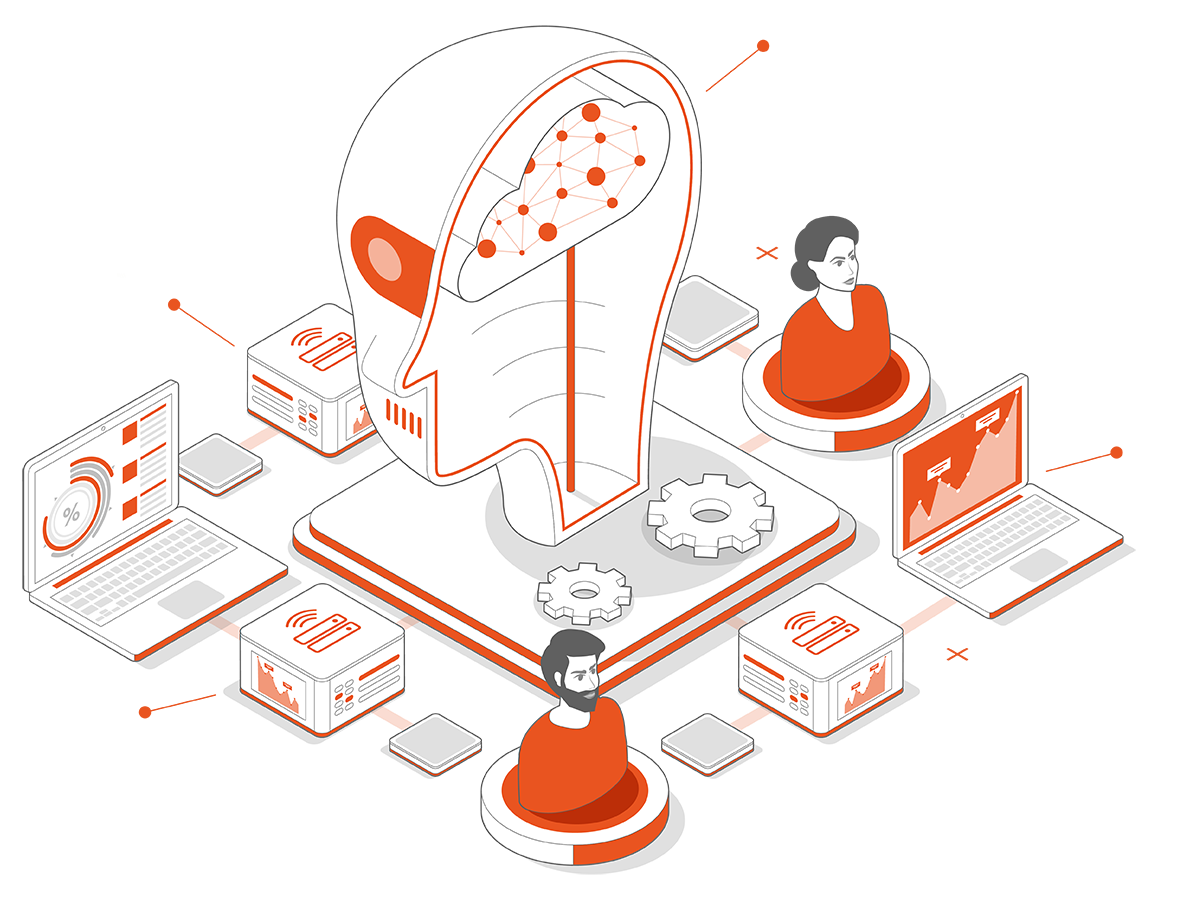AI is at the forefront of innovation. It changes the shape of all industries, challenging organisations to rethink their processes and adjust their infrastructure. Enterprises are looking nowadays to leverage their existing computing power to accelerate model training and use tools such as Kubernetes for container orchestration or Kubeflow for workload automation in order to move their ML projects to production.
Why Kubernetes for AI?
Kubernetes proved to be a vital tool for developing and running ML models. It significantly enhances experimentation and workflow management, ensures high availability and can accommodate the resource-intensive nature of AI workloads. But it can be tweaked to provide even better resource utilisation, making AI/ML projects more efficient.
The rich ecosystem of cloud-native applications that run on top of Kubernetes enable AI professionals to optimise their work and automate their existing workflows. They enable collaboration in larger teams, optimise existing models and deploy them easily to edge devices.
Production-grade ML workloads on Kubernetes
Whereas developers in their early days might not be familiar with Kubernetes, it is a powerful tool for production-grade environments. Together with the ML tooling that runs on top, they build a complete infrastructure that can run on different environments, such as public clouds, bare metal or on-prem. They enable a fully automated environment that can be triggered to retrain and ensure that existing resources are optimised, enabling a cost-effective AI infrastructure.

